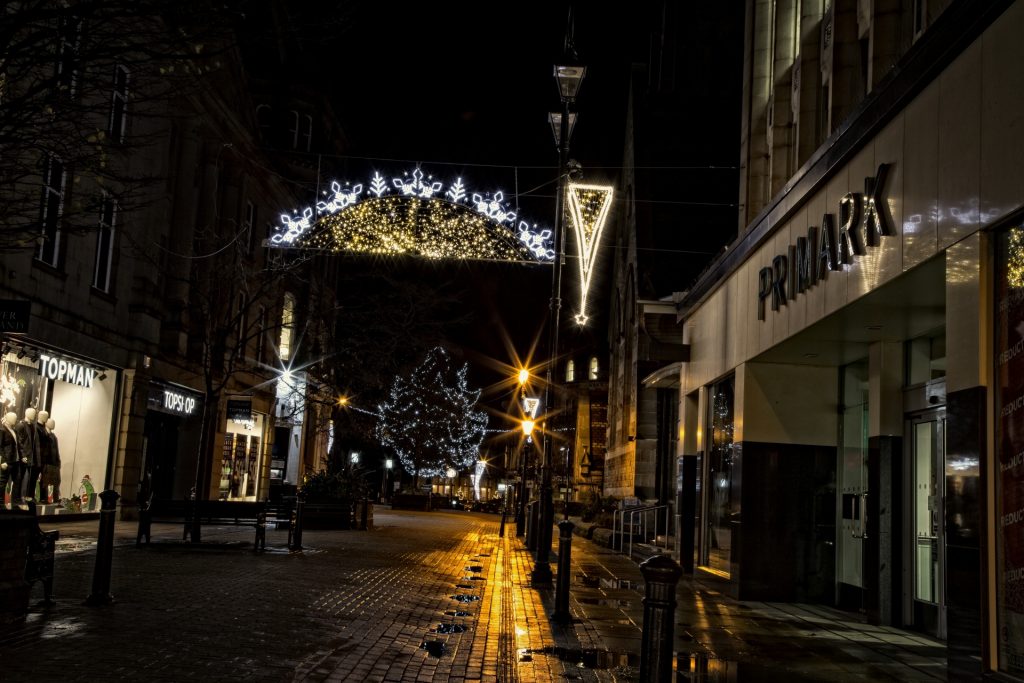
George Hodan, publicdomainpictures.net
December is the 12th month on the Gregorian calendar. The name derives from the Latin word decem, which means ten. Originally December was the tenth month in an older calendar as it started in March. Apparently the winter days that followed December were not included in a month until much later when January and February were added. December retained its name though. Anglo-Saxons used the term Yule for December-January, but that now that has largely come to mean December and the Christmas season.
December has the winter solstice in the Northern Hemisphere and the summer solstice in the Southern. Winter traditionally begins on the astronomical calendar around 21 December or the date of the actual solstice. The winter solstice is the shortest day of the year and depending on how far north you live, sunlight may only be for a few hours on that day. The symbols for December are the narcissus flower and turquoise, zircon and tanzanite as the birthstones.
Most Christians celebrate Advent in preparation for the celebration of Christmas on 25 December. Jews celebrate Chanukah/Hanukkah, the 8-day Festival of Lights in December as well. Kwanzaa is celebrated from December 26-January 1.









